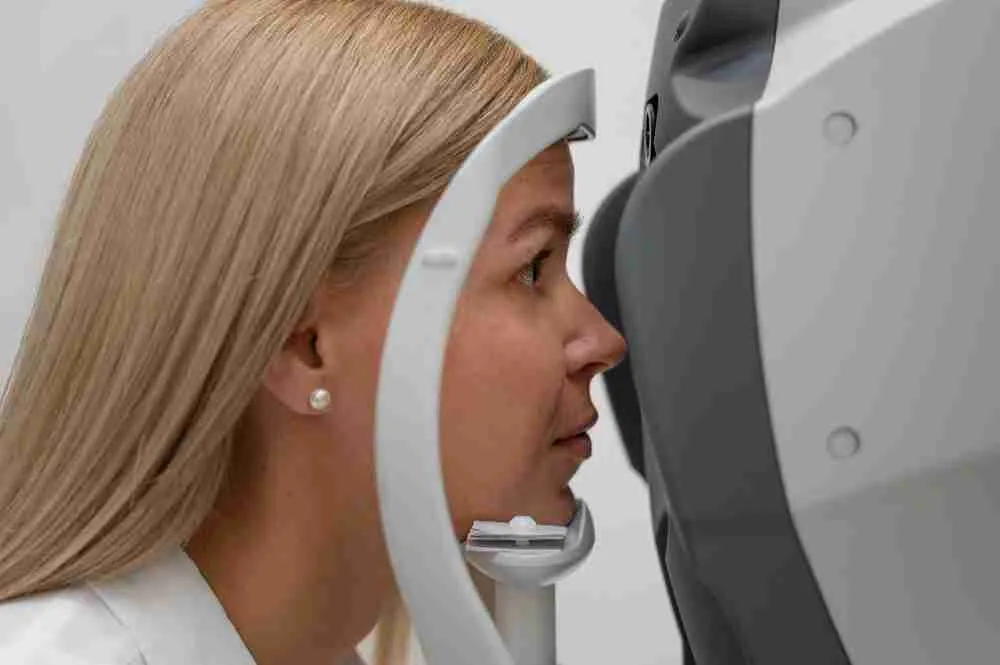What is the air puff test?
The air puff test is part of every detailed eye exam that puffs a small amount of air into the eye. Known as the non-contact tonometry test, it reads the pressure within the eye, or the intraocular pressure (IOP), without the machine touching the eye.Why is it important?
Tonometry is the name given to the procedure that checks the intraocular pressure or the pressure in the eyeball. It is useful in diagnosing glaucoma, an eye disorder that increases the pressure within the eye. The non-contact tonometry test is recommended for all adults above the age of 40, every three to five years. If left undetected or untreated, glaucoma can lead to blindness. High eye pressure damages the nerve fibres present at the back of the eye. Very few people experience any symptoms or pain due to the high pressure, which is why the air puff test is important in catching the disease early on.What to expect in the test?
Since the test is a non-contact exam, it is the most non-invasive method to look for high IOP. The test begins with the patient resting his/her chin on a padded counter and being asked to stare directly into the device. The doctor shines a light into the eye to align the instrument, following which a short air puff is delivered in the eye. The machine measures the IOP by tracking how the reflection of the light changes when the air hits the eye. A slight pressure may be felt within the eye during the test.Normal eye pressure ranges between 10 and 21 mmHg. However, the thickness of cornea may affect the test results (A thicker cornea will show higher readings, while a thin cornea shows a lower reading).The patient must remove contact lenses before the test and should inform the doctor of any existing eye infections, corneal ulcers or family history of glaucoma. Other than glaucoma, abnormal test results could also signal towards the following:
- Inflammation of the eye
- Injury to the head or eye
- Hyphema

Reviewed by







